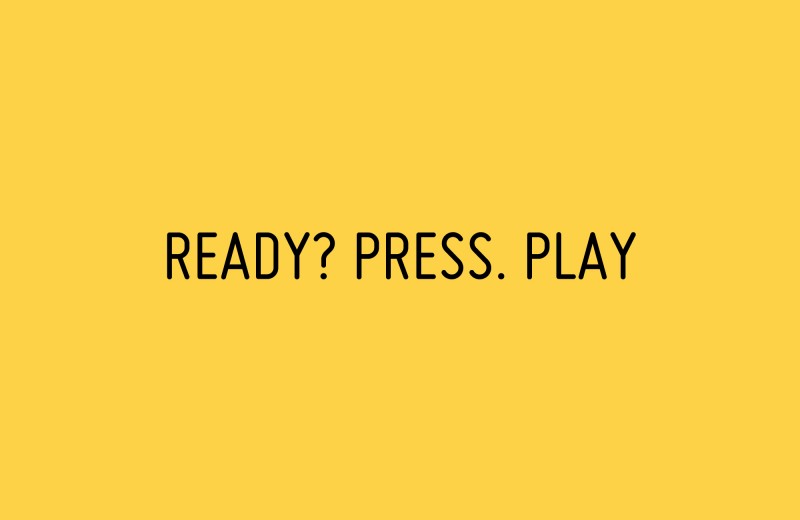With more and more people hopping aboard the content band wagon of late, the question about consistent quality content has been rightly raising its head.
How do you float to the top in the oversaturated world of brand publishing to ensure yours is a story people want to be reading? Building a clear strategy around what you want to say, where, when and to whom is key, but before that it’s essential to think about tone.
Not just of your content, but of all your communications.
Successful brands communicate successfully. And successful communication means getting your tone right from the very beginning.
Every time anyone in your business puts pen to paper or fingers to keys they are conveying your brand. It could be to 1000s through your website, or to just one person in a presentation – no matter where you’re writing, if the way you sound isn’t consistent, your message will be muddled and your brand lost.
Successful brands communicate successfully. And successful communication means getting your tone right from the very beginning. Now, all of this might be old news to you. From our own experience, brands asking for tone of voice projects is becoming more and more commonplace. We’ve seen a 60% rise in enquiries specifically relating to tone of voice in the last five year. But there’s still a lack of clarity for many businesses, even those that reach out to work with us, about exactly what a tone of voice is, how it should be constructed and how it should work for you.
Three easy steps?
There’s a lot of advice, tips and shortcuts out there to help you create a tone of voice. Articles claiming you can do it in three easy steps, or experts telling you to use pronouns, or write like you speak. The problem is that while much of this advice can steer you in the right direction, some of it isn’t helpful and some of it is – in our opinion – actually damaging. If you don’t get your tone right it can only serve to confuse your brand, your employees and your customers. No one wants that.
So what should you watch out for, if you’re thinking about embarking on a tone of voice process? Here’s our lowdown…
1. You are not innocent.
Unless you’re innocent. Think about your best friend. Or your boss. Or your kid. Are they like every other best friend, boss, or kid? Do they say the same things and behave the same way? Do they have the same intonation? No, because they are individuals with their own foibles and funny ways. They are personalities, defined by a unique combination of characteristics that colour the way they communicate. Like your brand.
Just because it falls in the same bracket as other brands doesn’t make it the same. There’s a story behind it, a future ahead of it and an ambition within it unlike any other. That’s what you need to tap into to shape your tone. Anything other than that will – at best –just make you sound like everyone else. Or – at worst – make you sound fake. When you are anything but.
Just because it falls in the same bracket as other brands doesn’t make it the same. There is a story behind it, a future ahead of it and an ambition within it unlike any other.
2. Trust the experts.
You wouldn’t get a teacher to perform heart surgery. They’re smart, skilled (in their own discipline) and up for a challenge, but there’s no getting away from the fact they aren’t trained for that job. So similarly, why use a strategist, marketer or designer to shape your tone of voice? You need someone who works with language: who knows how to use it deftly and with purpose to make it sing in all the right ways.
Your words are your most valuable brand asset, so work with someone who really knows about them and you’re off to a fighting start.
3. Rally your team.
Words don’t just appear. People write them. Your people. So to make sure they’re choosing and using the right ones, you need them involved in the process from the outset. Everyone in your business has to understand what your brand voice is, how it’s come about and how to use it – it’s the only way it will stick.
Enthusiasm and confidence can work wonders when it comes to your words, so make sure your people aren’t just genned up, get them fired up too. You can do this by asking for their input, thoughts and feedback as you work through the process and then training them properly at the other end.
A few adjectives describing how to write in a brand bible are no help at all. Neither is an impenetrable 100-page document full of linguistic jargon. It’s got to be useable to be used.
When you start out, ask yourself how your tone of voice is going to come to life, who will be using it and where. Then create the tools and resources to make putting it into action as simple and enjoyable as possible.
A few adjectives describing how to write in a brand bible are no help at all. Neither is an impenetrable 100-page document full of linguistic jargon. It’s got to be useable to be used. Whether it’s a website, a printed document or a series of videos, create a tone of voice guide that’s inspiring and you’re far more likely to get the words you want.

4. Take the time to get it right.
Honing your brand voice doesn’t happen overnight. It takes time and energy. There’ll be a lot of thinking and talking. And more thinking. Lots of writing and probably more talking. But it’ll be worth it.
If it’s done well, a tone of voice can act as a strategic blueprint for your brand communications across the board, from what content you produce to how you recruit.
Invest the time and energy and you’ll come out with something authentic, believable and unique that will serve you proud for years to come. What’s more, if it’s done well, a tone of voice can act as a strategic blueprint for your brand communications across the board, from what content you produce to how you recruit.
5. See it through.
Imagine you’ve invested in a piano. It looks good and would sound great if you played it, but you never do. Because you were taught how once, then never kept it up. So it just sits, gathering dust. To get the most out of that piano you need to remember what you learnt and then put it into practice. Every day.
See where we’re going here? To make sure your finely tuned tone of voice is music to your customers’ ears, you need to play it every day too. Your writers, marketers, account executives, receptionists, senior managers and owners need to use it and be seen using it, always.
That’s how you’ll rise above your competitors’ noise and strike a chord with the people you want to reach. Analogy over.
+
Find out more about how we help brands with their tone of voice, or get in touch to see what we could do for you…
Image from Billy Rose Theatre Division, The New York Public Library. Irving Berlin (at piano), Eddie Cantor, Florenz Ziegfeld, Jr., and Sammy Lee during rehearsals for the stage production The Ziegfeld Follies of 1927.
